In 1984, archaeologist Douglas Scott, now retired from the
National Park Service, used metal detectors in a large-scale survey of the site
of the 1876 Battle of Little Bighorn in eastern Montana. The conflict was a
historic showdown between General George Custer’s 7th Calvary Regiment and
members of the Lakota, Northern Cheyenne and Arapaho tribes, with the Native
American warriors emerging victorious. An estimated 268 U.S. soldiers were
killed in the conflict, including General Custer.
With help from more than 30 machine-swinging volunteers,
Scott and his partner, Richard Fox, were able to locate more than 5,000
artifacts and accurately map the action of Custer’s Last Stand for the first
time ever. Their work at the battleground was one of the first archaeological
surveys to employ metal detectors in an organized, systematic way.
I chatted with Scott about the survey, the use of metal
detectors as an archaeological tool, and the mystery of the battlefield's Deep
Ravine.

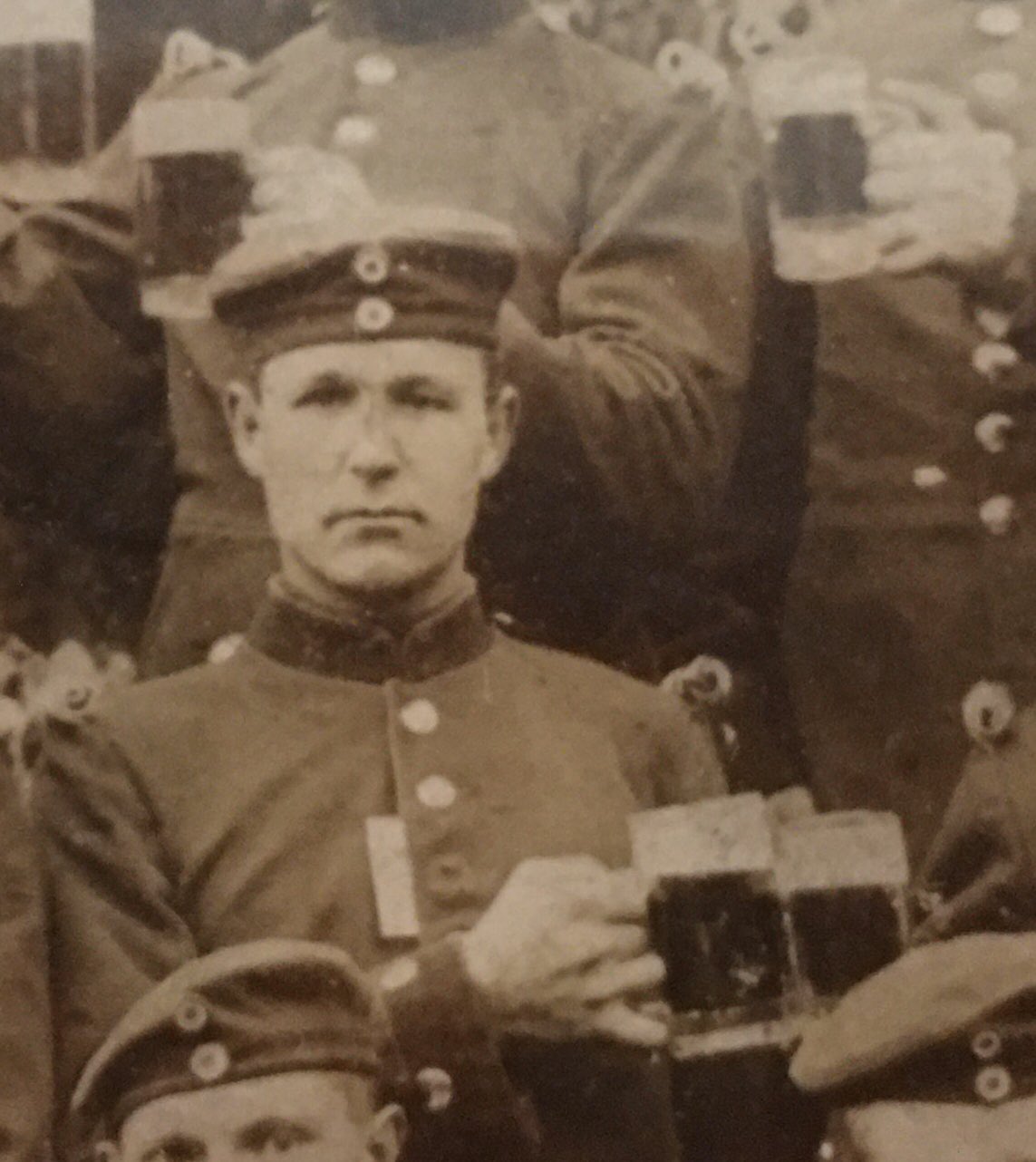







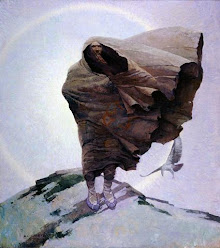













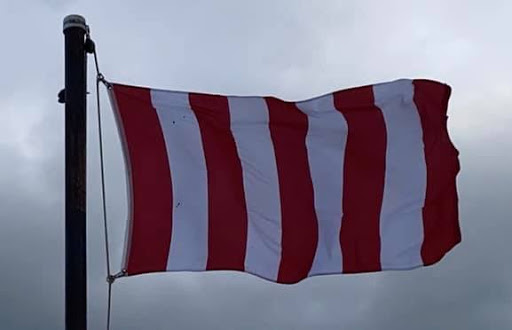
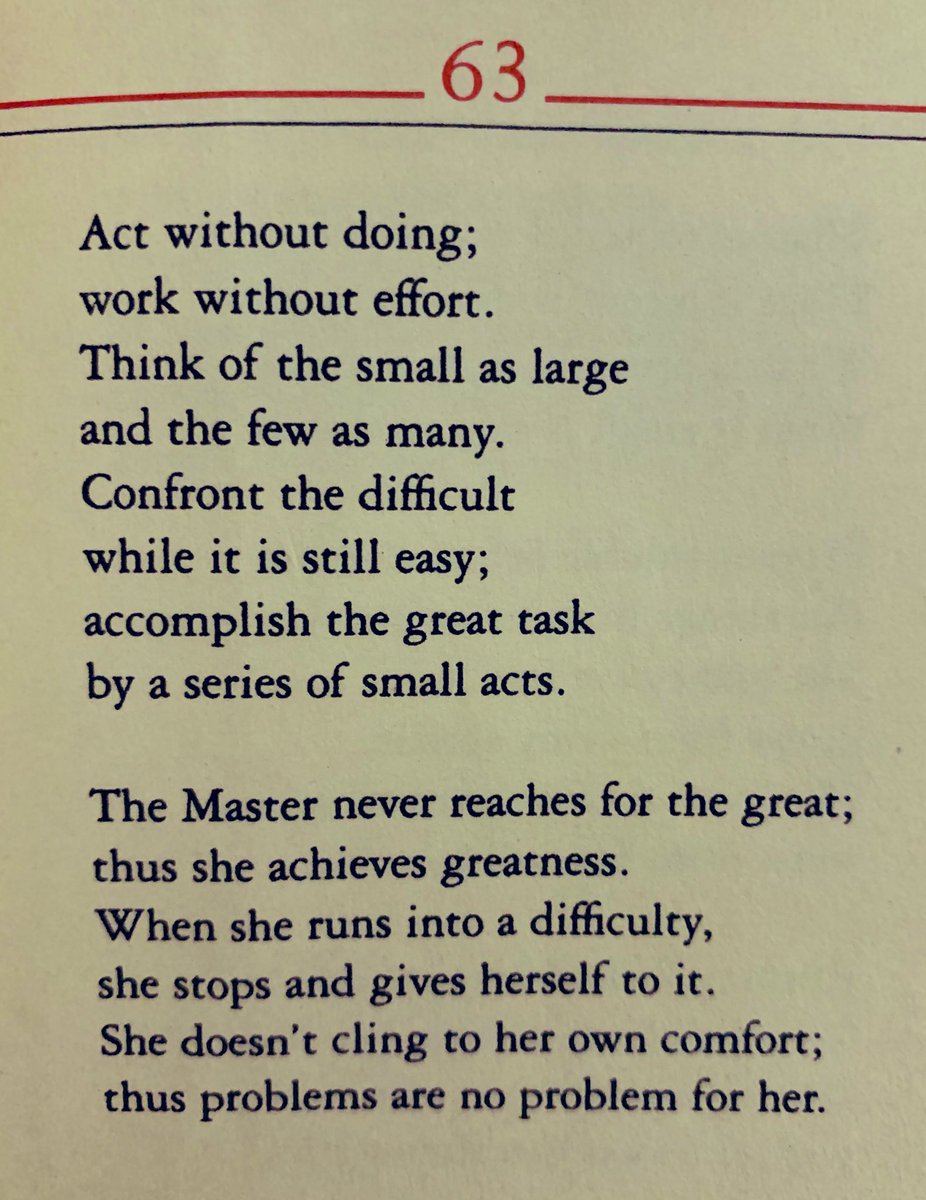






























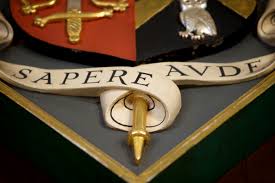






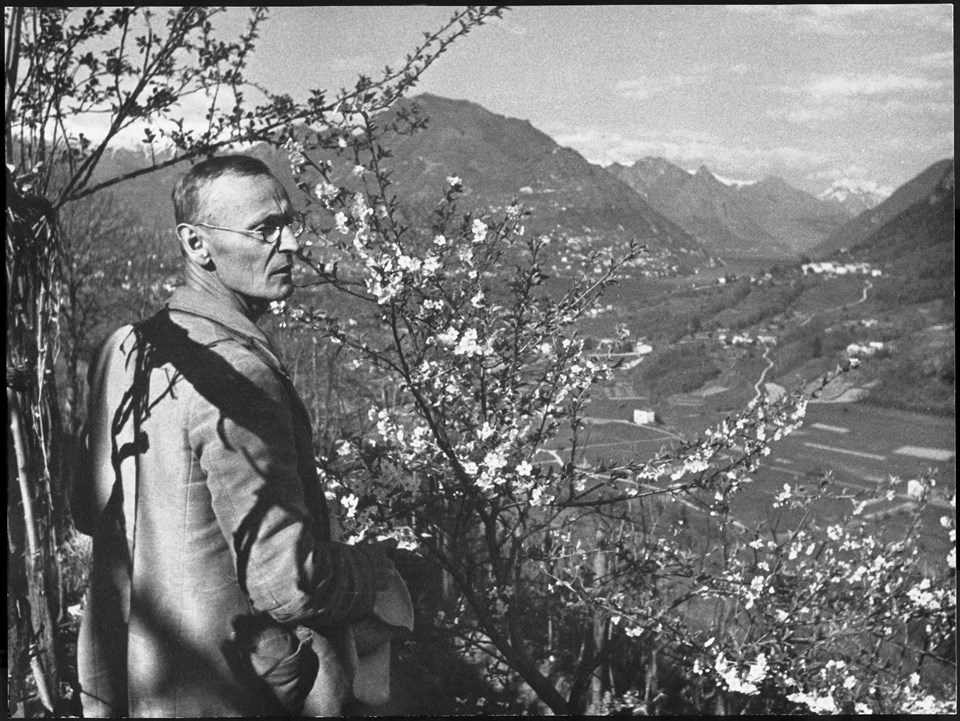


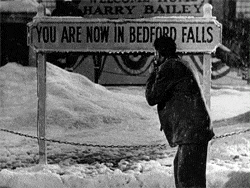







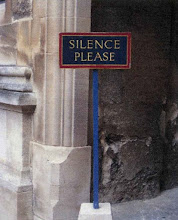









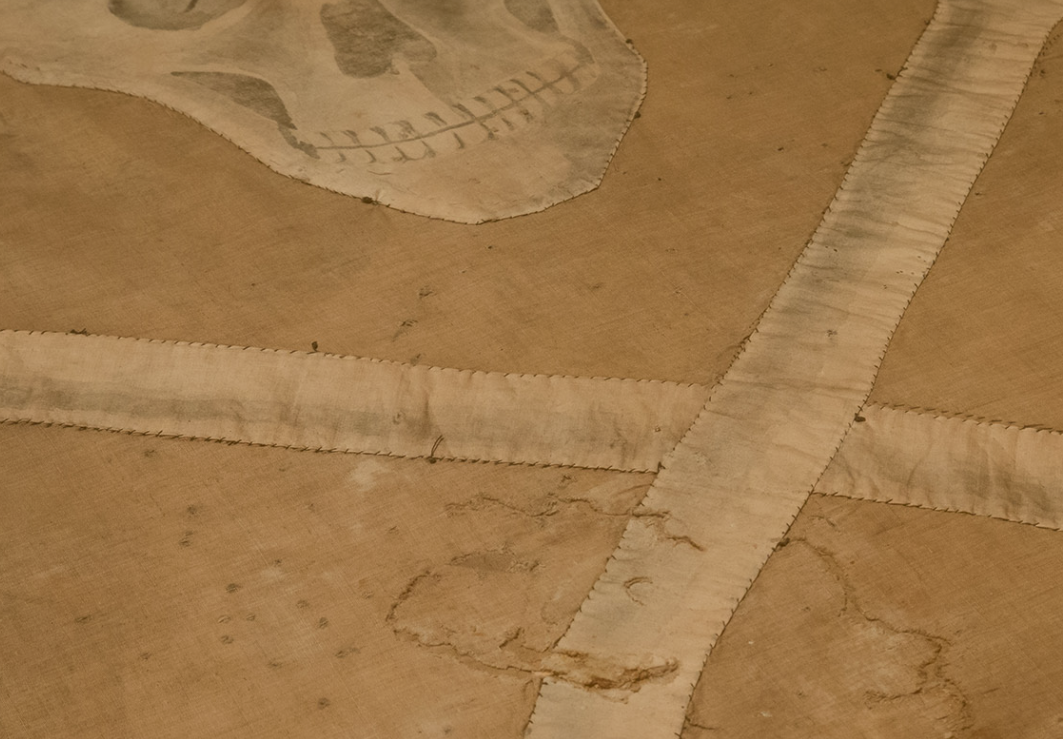


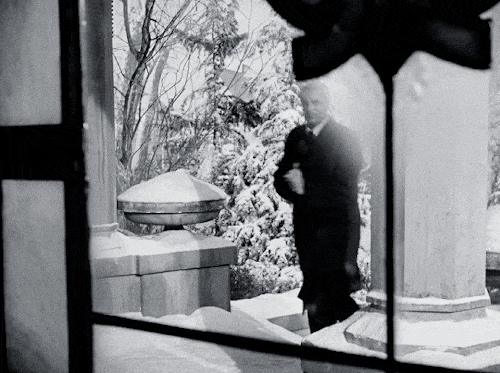


















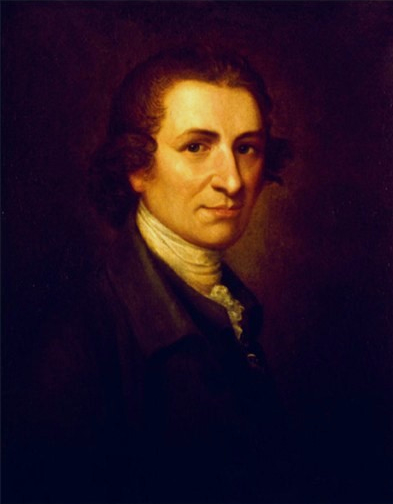


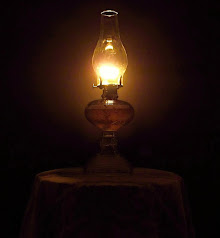



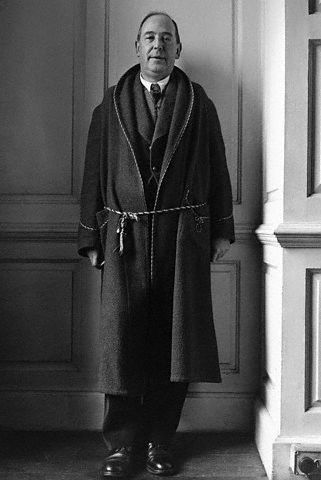



No comments:
Post a Comment